
The SAP ERP software suite is enterprise resource planning software created by the SAP SE company. ERP software integrates an organization’s core business processes into one unified system.
The SAP ERP software suite is enterprise resource planning software created by the SAP SE company. ERP software integrates an organization’s core business processes into one unified system.
ERP systems consist of software components, called modules, which each focus on an essential business function, such as finance and accounting, human resource management, production, materials management, or customer relationship management. Businesses only use the modules that are necessary for their specific operations.
With SAP’s various ERP products, customers can run their business processes, such as accounting, sales, production, HR, and finance, in an integrated environment, by storing data from each module in a central database. Integrating SAP ERP components and using a common data store ensures that information flows from one component to another without redundant data entry and enforces financial, process, and legal controls.
In the medium- and large-sized companies in USA, SAP ERP Central Component (SAP ECC) is usually implemented as an on-premises ERP system. Earlier, SAP ERP was synonymous with Enterprise Content Management. These days, it refers to all SAP’s ERP products: ECC, S/4HANA, Business One, and Business ByDesign. SAP’s flagship ERP, ECC, serves as the foundation of S/4HANA, its next-generation product. However, SAP implementation is not that easy. It is a wise decision to get providers of SAP consulting services onboard who can deal with all the technical aspects of SAP ERP.
There are several reasons why many organizations in USA are opting for SAP ERP.
All-Inclusive Solutions
SAP offers a comprehensive portfolio of leading ERP cloud systems and tools to fit your business needs, whether you have two or 100,000 employees.
Leading-Edge Technology
Across industries and businesses in USA, SAP has over 40 years of enterprise resource planning experience. Future-proof cloud ERP tools are built using the latest technology, delivered via automatic updates.
Adaptability
SAP creates easy-to-use, adaptable Cloud ERP applications. Flexibility is at the core of SAP implementation.
Management Of Cloud Security
An advanced technology infrastructure underpins the SAP Business Technology Platform. But protection from data and security threats need to be managed by agencies in USA that provide SAP data migration services.
The former SAP R/3 software was used for the development of an ERP. Launched on 6 July 1992, SAP R/3 was composed of a variety of applications and programs. SAP Web Application Server served as the platform for all applications. New features were delivered using extension sets while keeping the core stable. SAP Basis was integrated into the Web Application Server.
With the introduction of mySAP ERP in 2004, the architecture was completely changed. SAP introduced ERP Central Component (SAP ECC) in place of R/3 Enterprise. In 2003, the enterprise service architecture was changed to support the transition to a service-oriented architecture.
S/4HANA, SAP’s next-generation product, is built on ECC, SAP’s flagship ERP. The product is divided into functional modules and technical modules. Among the functional modules are:
Human Capital Management-SAP HCM, Production Planning-SAP PP, Materials Management -SAP MM, Project System-SAP PS, Sales and Distribution-SAP SD, Plant Maintenance-SAP PM, etc.
A client-server architecture is typically used in SAP ECC’s deployment as an on-premises ERP system. There are three tiers: the presentation tier, the application tier, and the database tier.
During the presentation tier, the user is provided with the SAP GUI, which can be installed on any computer that runs Microsoft Windows or macOS. SAP GUI is the point of contact between the user and ECC.
ECC’s application tier is its core. Processes transactions, execute business logic, runs reports, monitors access to the database, prints documents, and communicates with other applications.
Data pertaining to transactions and other information are stored in the database tier.
ERP is the central component of SAP Business Suite, a broader collection of modules covering supply chain management (SCM) and product lifecycle management (PLM).
In 2015, SAP released its in-memory ERP platform S/4HANA. SAP HANA Business Suite is a comprehensive rewrite optimized for SAP HANA in-memory databases. SAP claims that S/4HANA is designed to reduce complexity and eventually replace SAP ECC.
SAP implementation for large enterprises in USA (ECC and S/4HANA) can result in:
SAP is committed to moving more customers to the cloud and S/4HANA, by using the platforms for the delivery of leading-edge technologies, including AI, IoT, big data, and advanced analytics, SAP implementation can drive more productivity in your ERP.
Ultimately, SAP ERP helps customers become more adaptable, innovative, and successful by leveraging AI, ubiquitous networking, and more human-centric user experiences. However, SAP implementation must be handled by an expert. With the right support from an experienced agency offering SAP consulting services, an organization in USA can drive faster growth and accurate resource planning for the future.
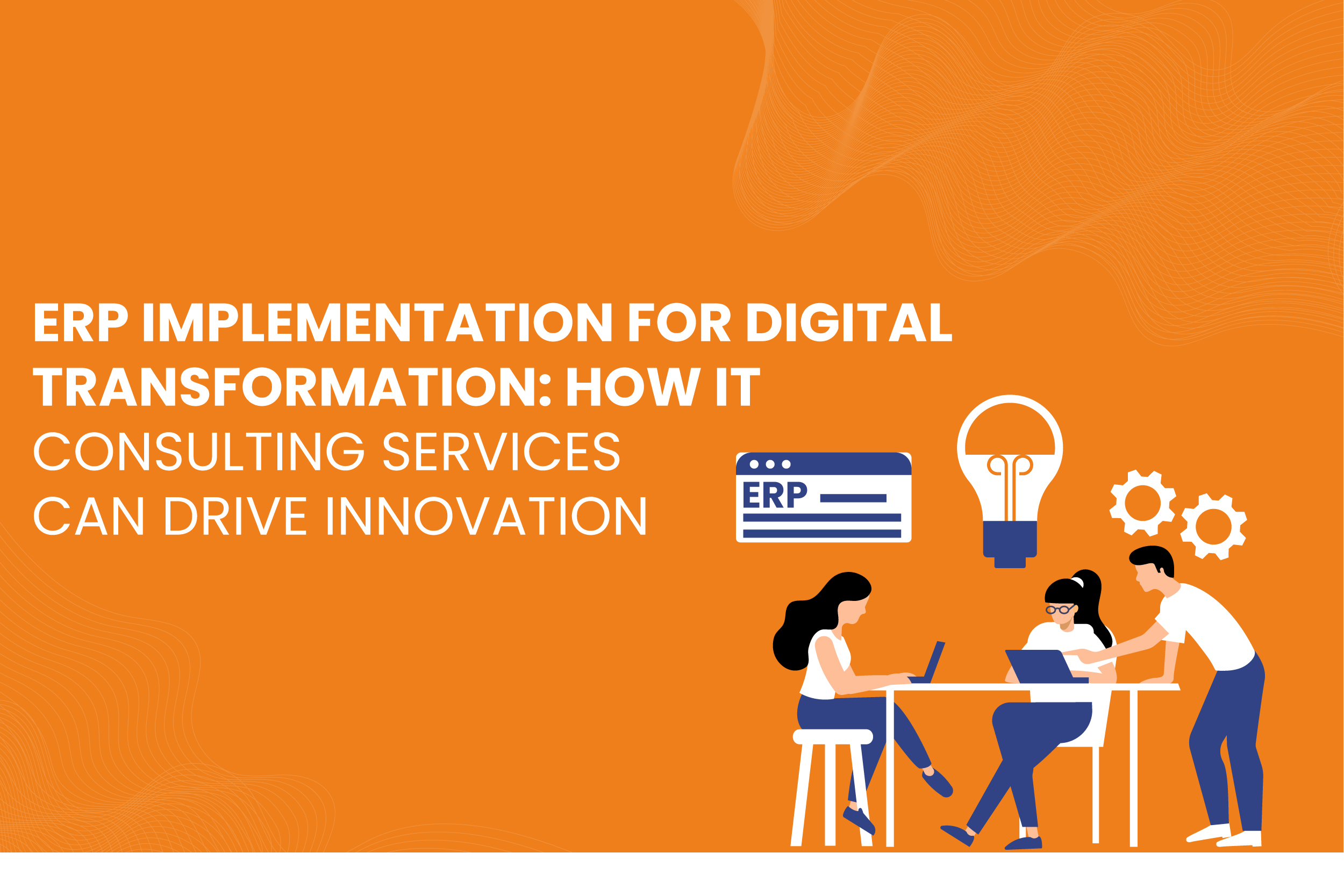
In today’s fast-paced digital landscape, businesses must adapt to changing technologies and customer expectations to remain competitive. One of the most effective ways to achieve this adaptability is through digital transformation, which involves integrating digital technologies into all areas of a business. A critical component of this transformation is Enterprise Resource Planning (ERP) systems.
Read More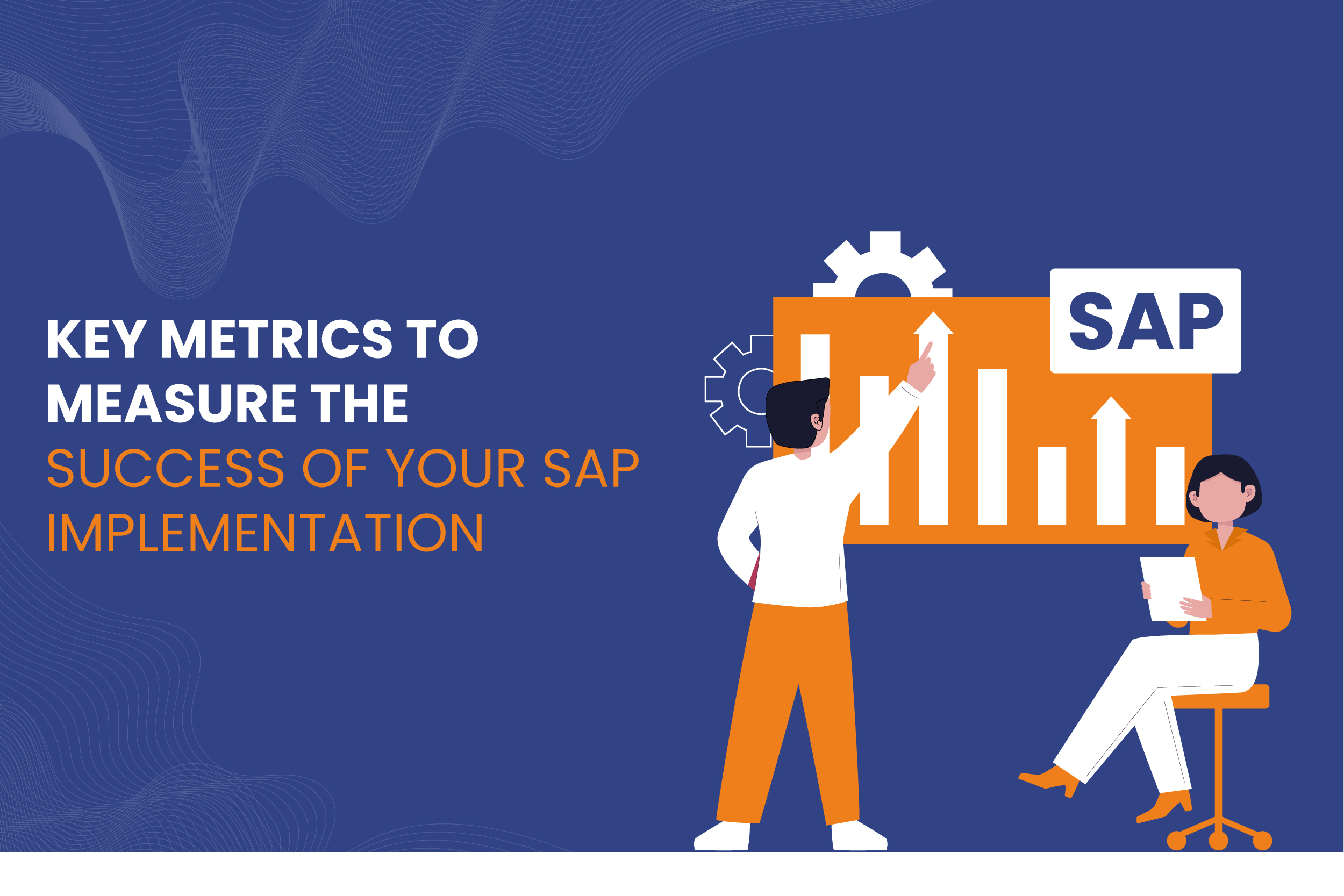
Implementing an SAP system can be a transformative step for organizations aiming to enhance their operational efficiency, streamline processes, and improve data visibility. However, success in an SAP implementation goes beyond simply completing the project on time and within budget. It involves measuring and analyzing key performance metrics that provide insight into how effectively the system is being utilized and whether it meets the organization’s objectives.
Read More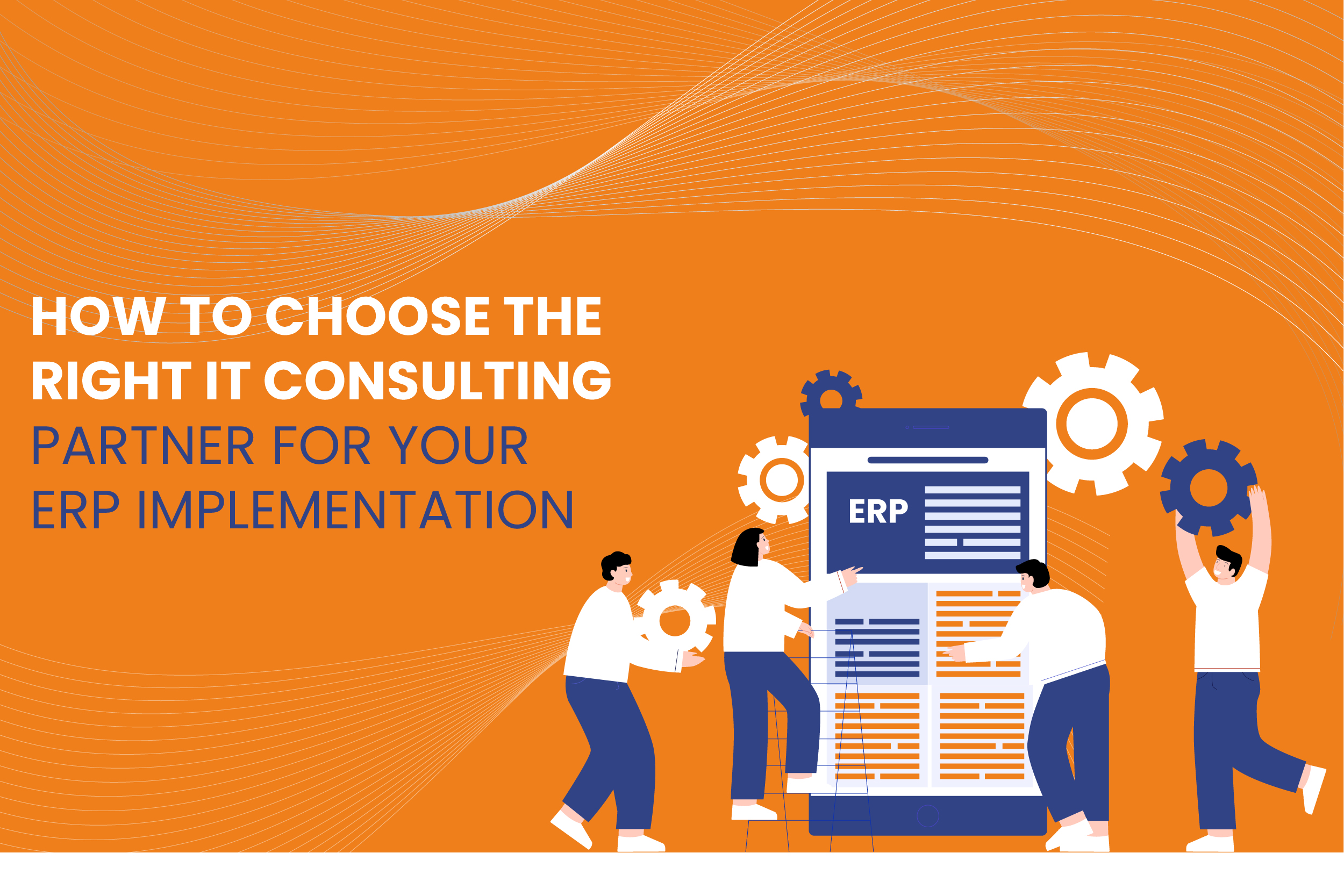
In today’s fast-paced business environment, efficient systems and processes are vital for success. Enterprise Resource Planning (ERP) systems like SAP are central to this, helping organizations streamline their operations, manage resources more effectively, and drive productivity.
However, ERP implementation is a complex and often challenging process that requires a skilled IT consulting partner to ensure success. Selecting the right IT consulting services for your ERP implementation, especially for SAP, can make the difference between seamless integration and costly disruptions.
Read More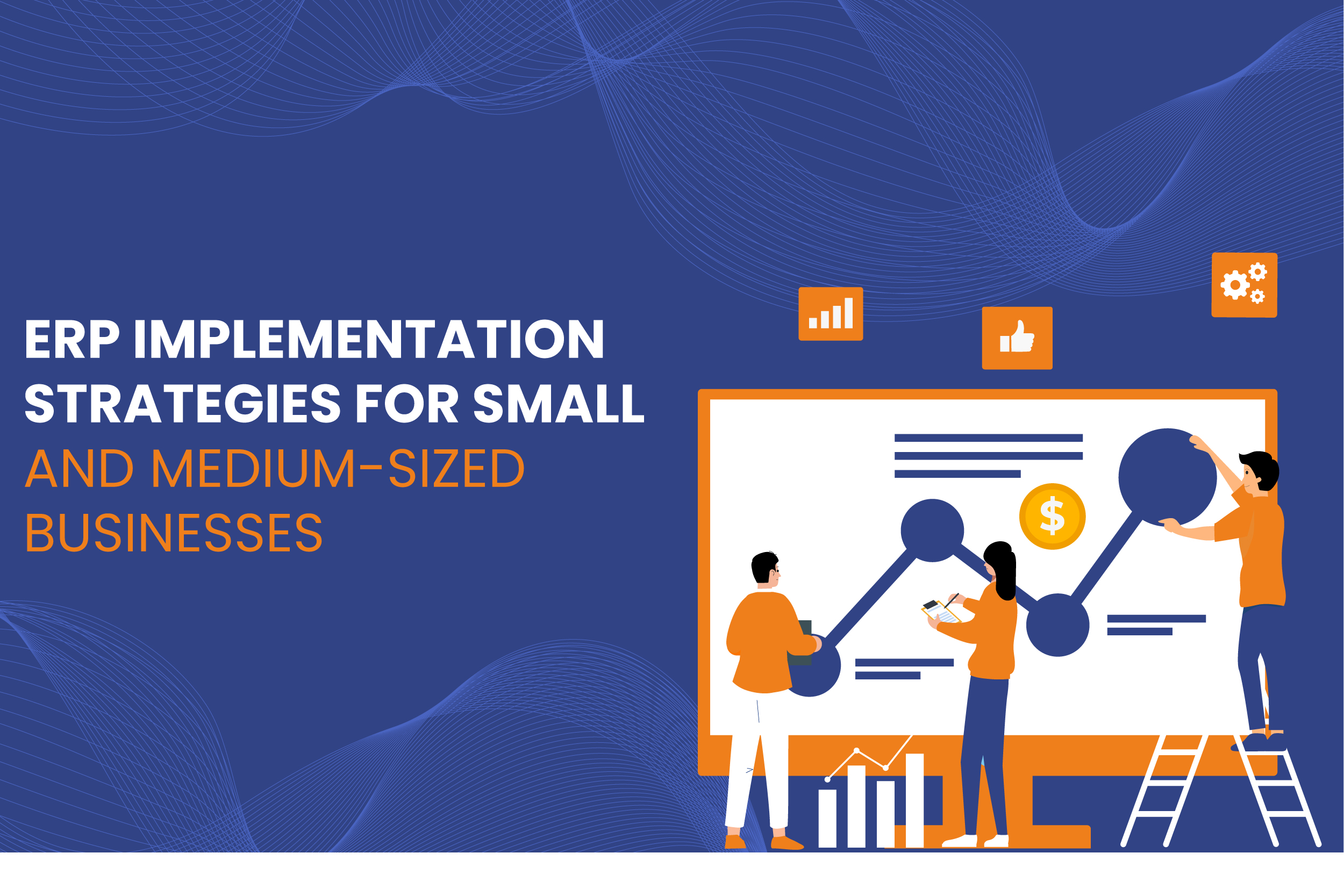
ERP systems have become indispensable tools for businesses looking to streamline operations, improve efficiency, and maintain a competitive edge. However, implementing ERP solutions can be daunting, especially for small and medium-sized businesses (SMBs) with limited resources.
The complexity of the process, cost concerns, and the need for seamless integration across departments pose significant challenges. To overcome these, SMBs must adopt tailored ERP implementation strategies that align with their unique requirements.
Read More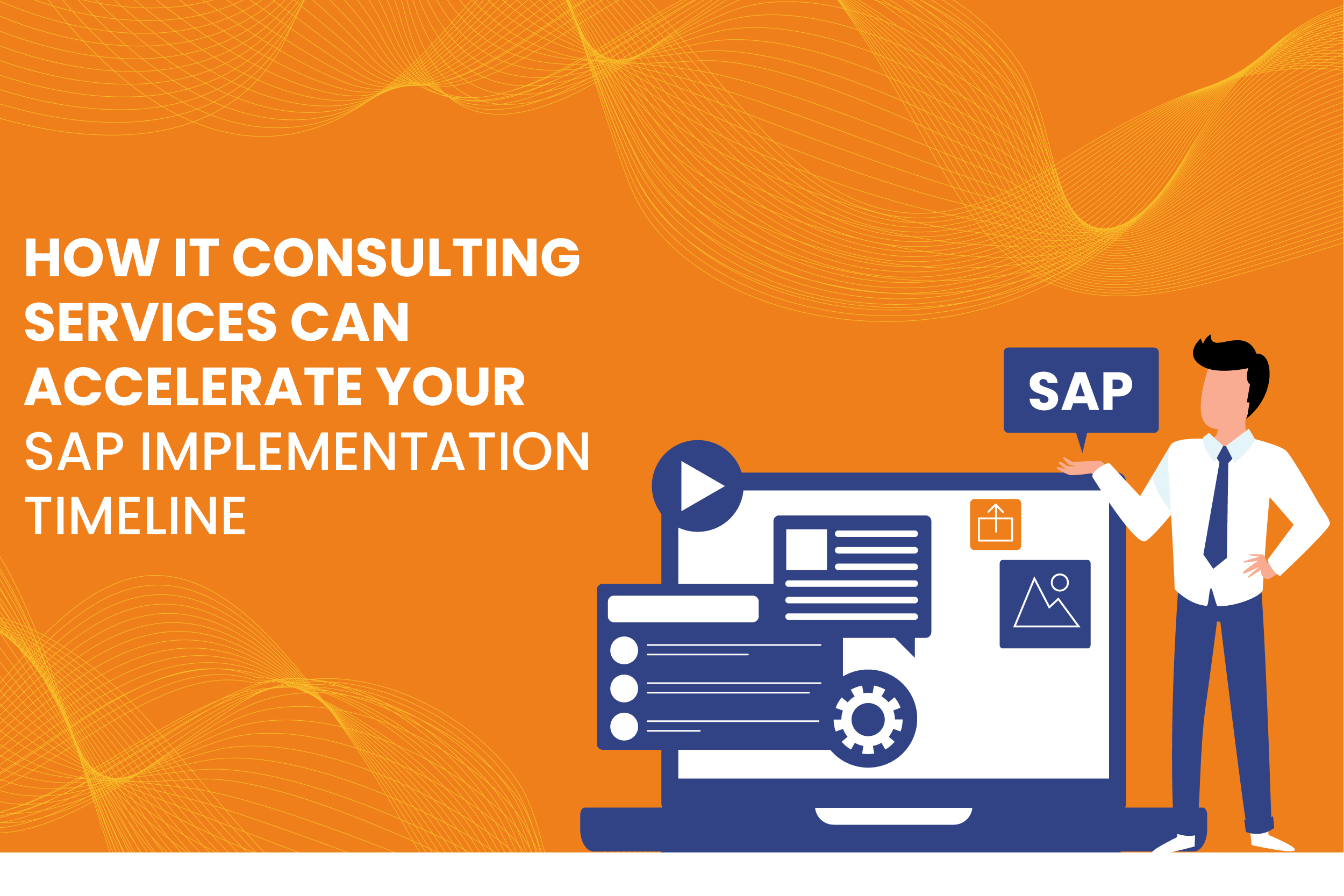
In today’s fast-paced business environment, Enterprise Resource Planning (ERP) systems like SAP (Systems, Applications, and Products) are crucial to streamlining operations, improving efficiency, and supporting growth. However, the process of SAP implementation can be complex and time-consuming, often putting a strain on internal resources.
This is where IT consulting services come into play, providing the necessary expertise and support to accelerate your SAP implementation timeline. By leveraging specialized knowledge and proven strategies, IT consulting services can significantly shorten the time required for successful SAP deployment, helping organizations stay competitive and responsive to market demands.
Read More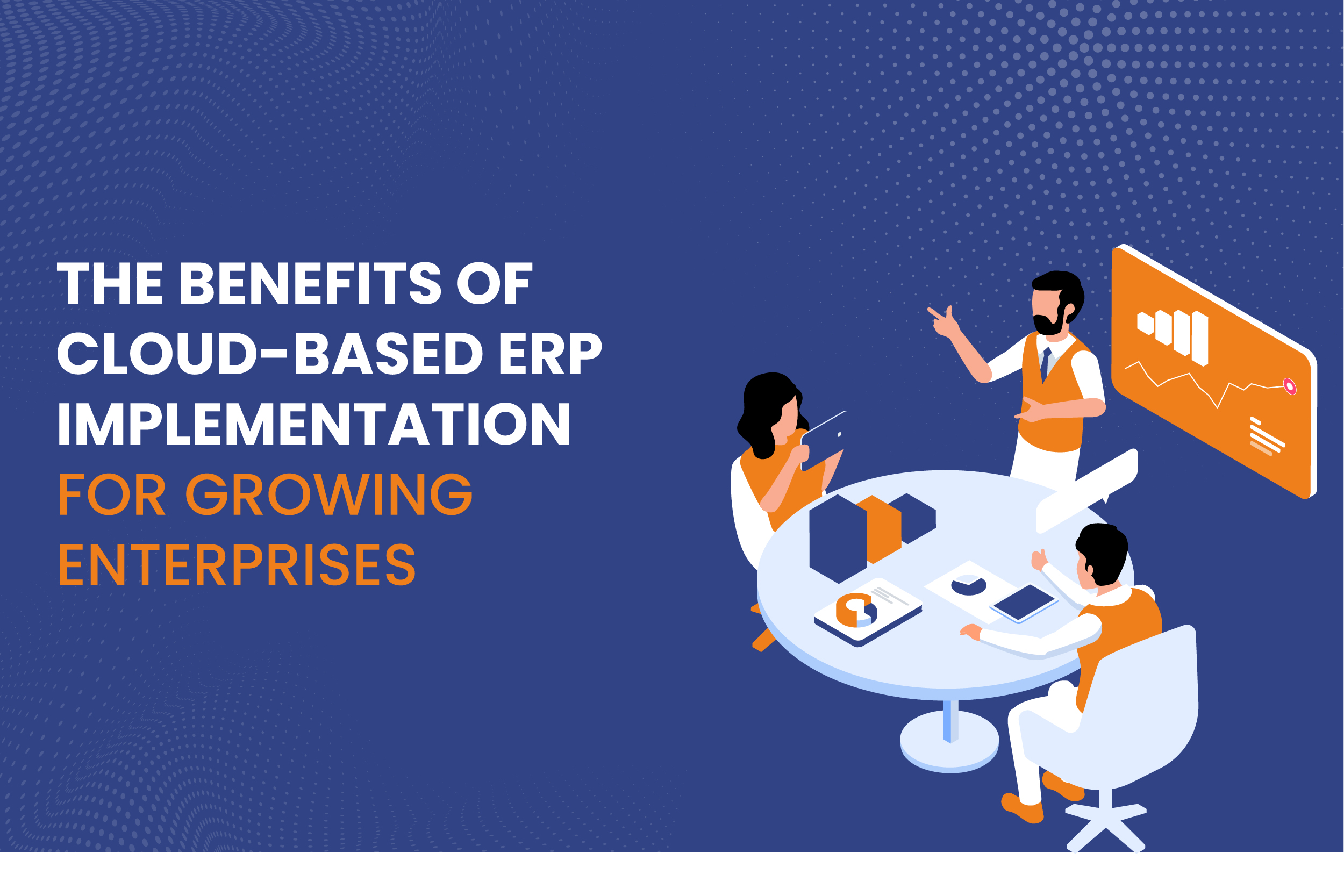
As enterprises scale, managing resources, streamlining operations, and maintaining flexibility become crucial challenges. To address these challenges, businesses increasingly turn to cloud-based Enterprise Resource Planning (ERP) systems.
ERP solutions have long been vital in centralizing various business functions like finance, human resources, supply chain management, and customer relations into a unified system. In recent years, the shift to cloud-based ERP systems has offered even greater benefits, particularly for growing enterprises.
Read More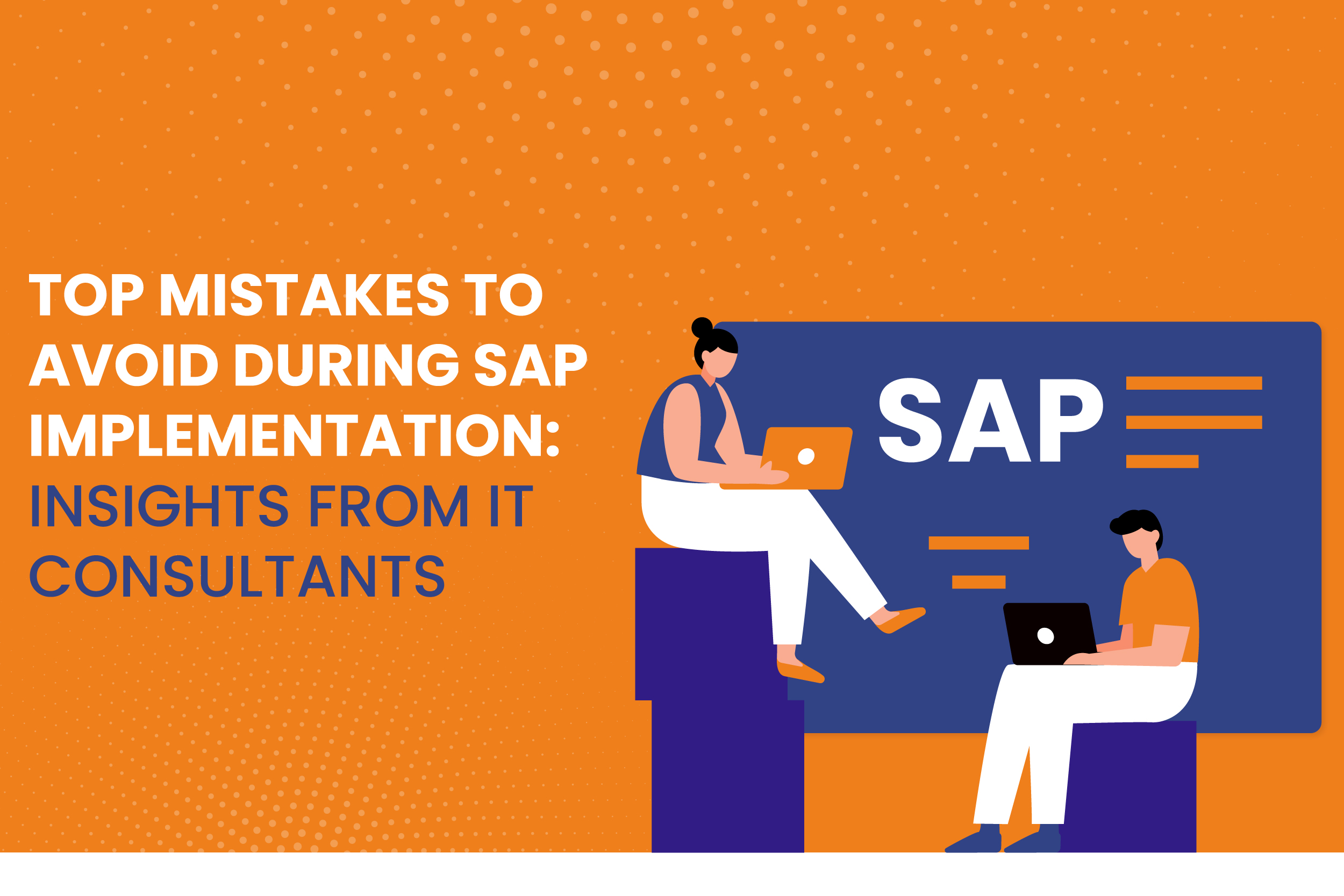
Implementing an Enterprise Resource Planning (ERP) system like SAP can significantly transform an organization’s operations, boosting efficiency and data accuracy. However, an SAP implementation is a complex process that requires meticulous planning and execution. Many companies fail to realize the depth of such projects and commit avoidable mistakes that lead to delays, cost overruns, and frustration.
Read More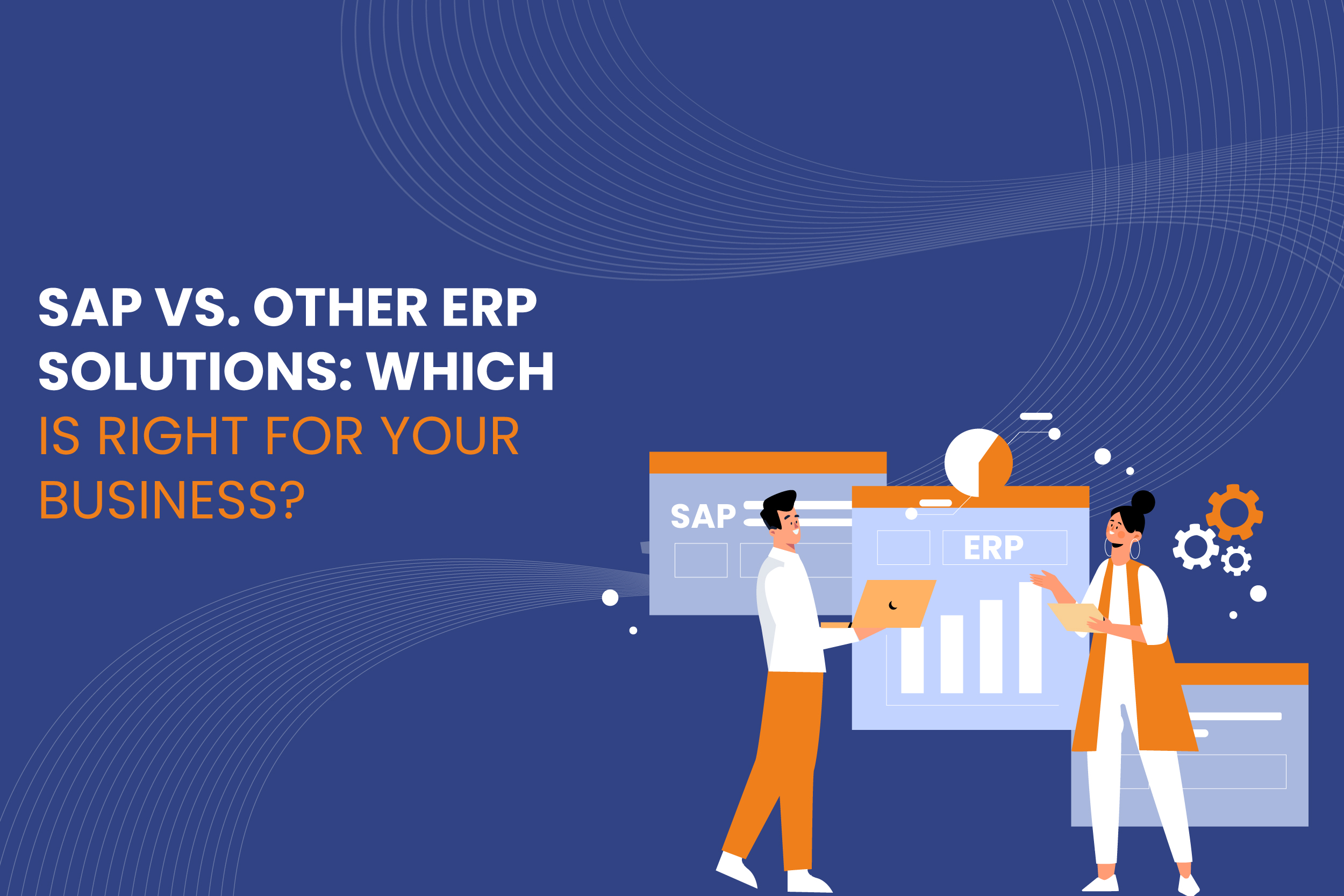
In today’s competitive business environment, organizations must be equipped with efficient, reliable, and scalable systems to manage their operations. Enterprise Resource Planning (ERP) solutions provide companies with the tools to streamline their processes, integrate various departments, and enable data-driven decision-making.
Among the vast array of ERP solutions, SAP is one of the most well-known, but it’s not the only option. Businesses must consider whether SAP or another ERP solution is the right fit based on their unique needs.
Read More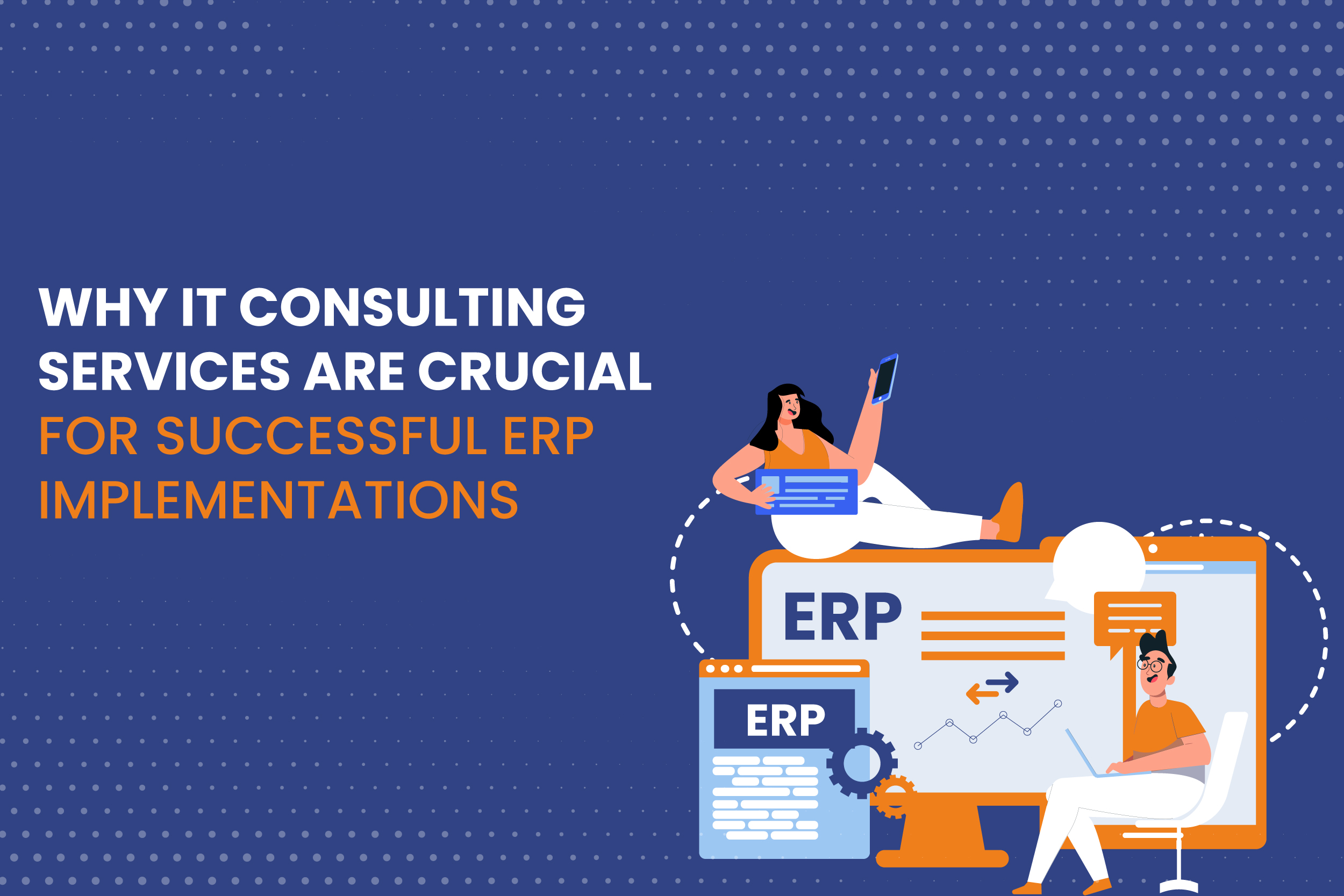
Enterprise Resource Planning (ERP) systems have become the backbone of modern business operations. Whether it’s handling financials, human resources, supply chains, or manufacturing processes, ERP solutions streamline and automate vital business functions, fostering efficiency and growth. SAP, one of the leading ERP platforms, is often the go-to choice for organizations due to its robust and customizable features. However, ERP implementation—whether SAP or another system—is not without challenges. This is where IT consulting services play a pivotal role.
The complexities of ERP implementations require specialized expertise, and IT consulting services provide the technical know-how, strategic planning, and ongoing support that are critical to successful deployment and long-term functionality.
Read More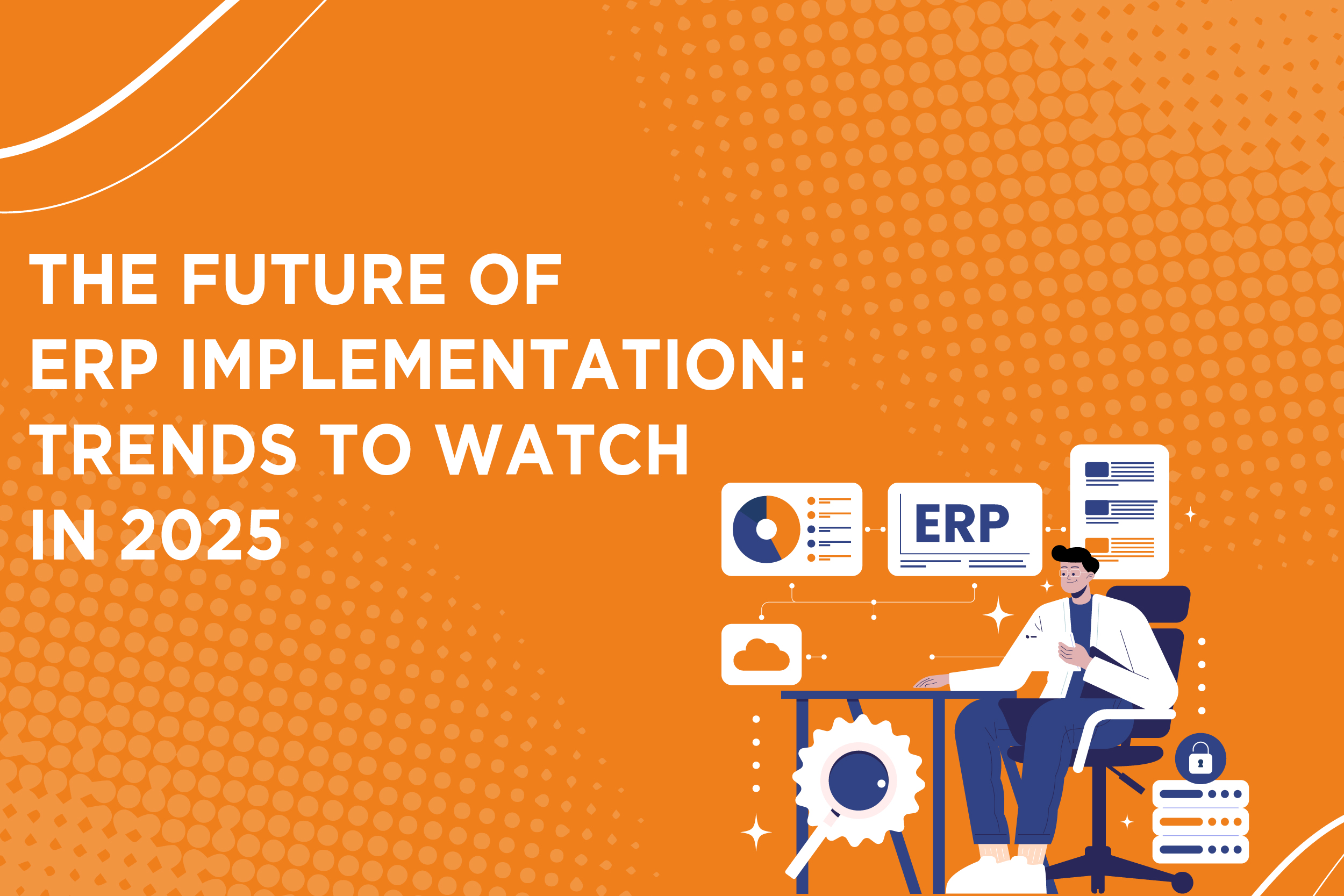
In the rapidly evolving business landscape, enterprise resource planning (ERP) systems are essential for companies looking to streamline operations, improve data accuracy, and enhance decision-making processes. As we look toward 2025, the future of ERP implementation is promising, with significant trends emerging that are reshaping how organizations deploy and manage their ERP systems. From advancements in SAP implementation to innovations in IT consulting services, businesses must keep a keen eye on these trends to remain competitive.
Read More
Leave a Reply